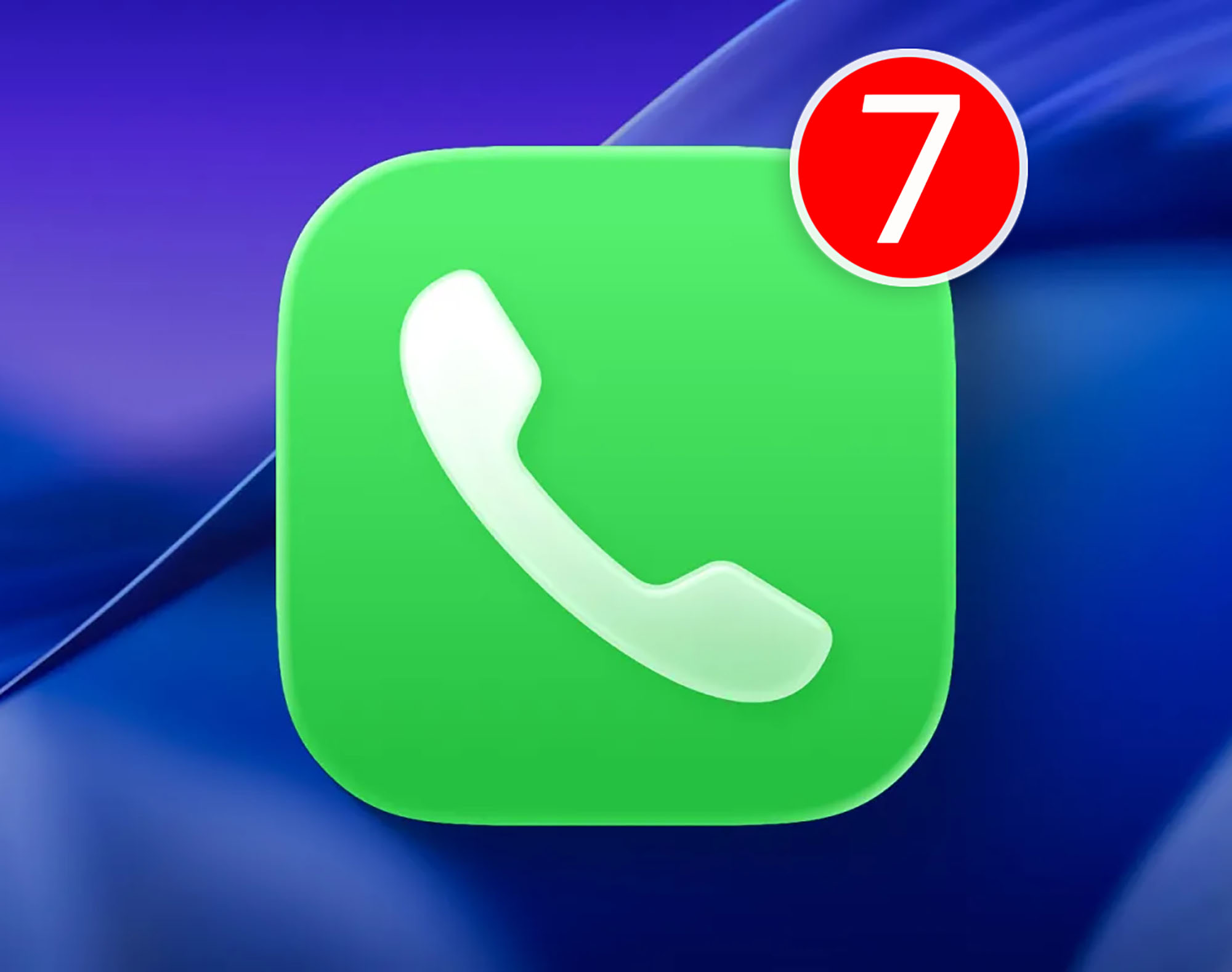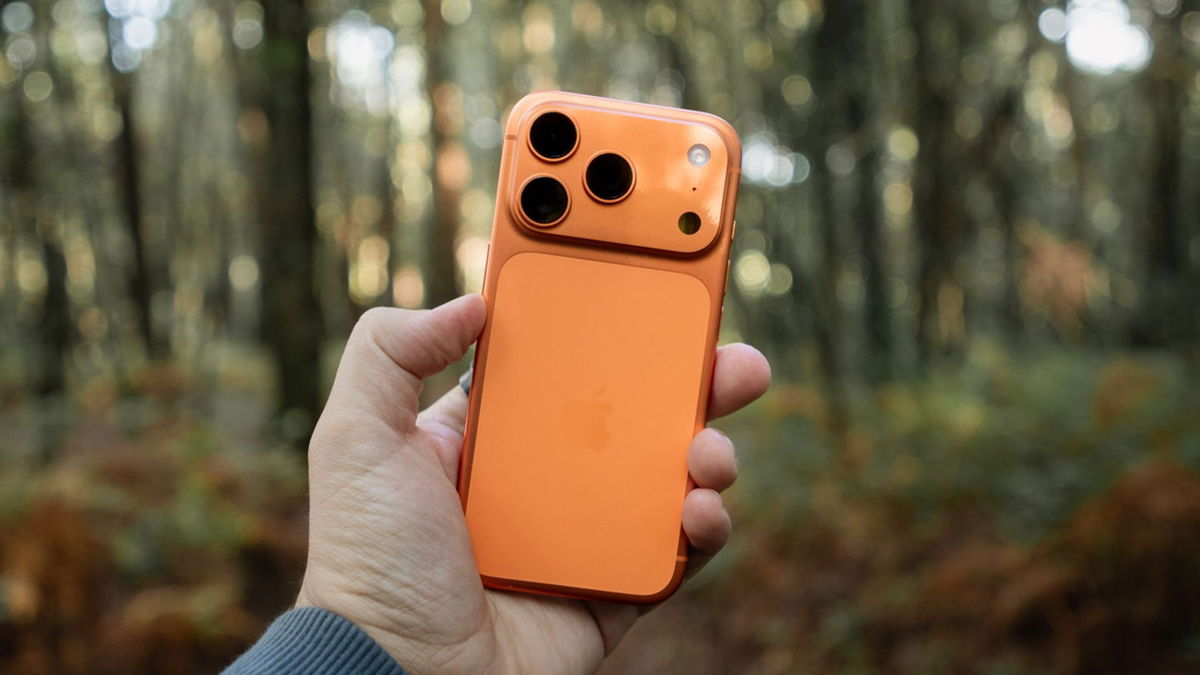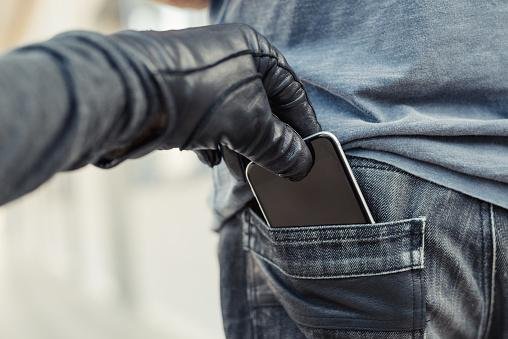Tracing a stolen cell phone to recover it seems like a simple and quick action the police can use, right? Wrong! There are norms that determine how the authorities should conduct such a case in order to prevent violations of rights. Get the next one!
When cell phone tracking shows a property with residential features such as a home, only court order allows the police to search by device and abuse of power and violation of domicile.
Authorization by the judge is taken to show the judge that there are strong indications that something illegal is happening at the place in question, after a more thorough investigation supported by criminal evidence.
The only scenario where authorities are authorized to use this facility is when the GPS is pointing at a public place such as commercial real estate. However, if the recipient includes the merchant’s personal belongings, the permit may still be a mandatory requirement.
It’s fair to say that the resources available on Android and Iphone, which use GPS to track cell phone, are of great value in the process of recovering the mobile. What cannot be ignored is the lack of certainty in follow-up, especially in a police investigation.
For ease of understanding, imagine that the locator shows the mobile phone in a building with 20 flats. According to delegate Daniel Borgues of São Paulo Center Division 1, this information alone is not enough.
Police will need 20 different warrants to investigate each area, making the operation difficult.
What should you do when you have a stolen mobile phone?
The smartphone in your hand while walking downtown is a simple distraction and it’s gone. Unfortunately, cell phone thefts and thefts are everyday situations that force us to be on our guard at all times, but that doesn’t mean we have to seek justice alone.
In addition to jeopardizing your security, there is a risk of being accused of theft and break-in when trying to recover your mobile phone in the location the GPS indicates. So check it out Step-by-step guided by the Brazilian Consumer Protection Institute To anyone who has lost, stolen or stolen their mobile phone:
1) Wipe the data located on the mobile phone with remote access
It is possible to track and delete your information on an Android phone without your hand. Use Google’s Find My Device tool to do this. If your mobile phone is an iOS device, use iCloud.
2) Block device using IMEI
The IMEI is the mobile phone identification number given on the device box, battery label, SIM card tray or even by dialing *#06#.
With this identification, you can ask your operator or the Civil Police station to block it.
3) Record a police report (BO)
The police report can be submitted in person to a police station or to the website of the Civil Police in the state where the theft or theft occurred.
This record is important and should be done as soon as possible because the police will only start the investigation with the BO created. In addition, you have proof that you no longer own the device, so you cannot be held responsible for any future illegal actions with the device.
4) Notify your bank and other financial institutions
Contact all financial services that use your mobile phone as an access route. In this way, you can block your credit cards and prevent suspicious money transfers and loans on your behalf.
5) Change your app passwords
Change the passwords you create to log into your email accounts, social networks, and other apps that may contain your personal data.
Did you find today’s guidelines helpful? then continue Technology World and learn how cell phone theft can compromise corporate data!
Source: Tec Mundo
I am a passionate and hardworking journalist with an eye for detail. I specialize in the field of news reporting, and have been writing for Gadget Onus, a renowned online news site, since 2019. As the author of their Hot News section, I’m proud to be at the forefront of today’s headlines and current affairs.











